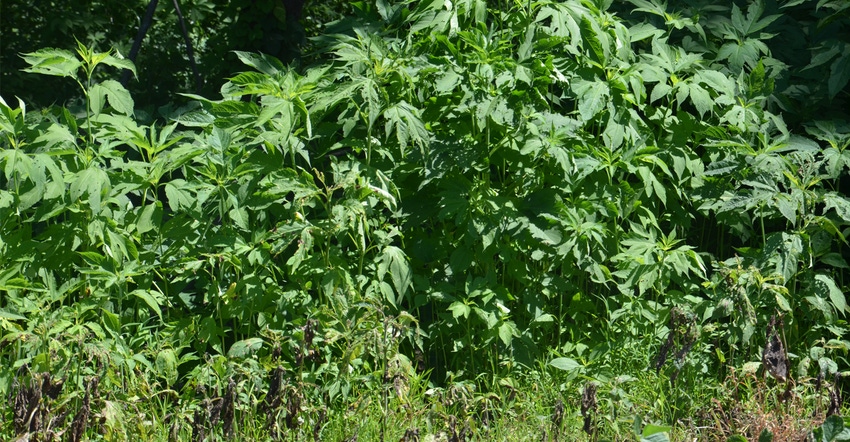
Many of you have attended a meeting where Purdue University Extension weed control specialist Bill Johnson talked about the numbering system the crop protection industry uses to identify the site of action where herbicides work on a weed. It’s a standard part of his talk about helping slow down weed resistance.
“I’m encouraged by how many growers are aware of the concept,” Johnson says. “When I ask a crowd at meetings how many are actually using the number system when they select herbicides, at least a handful of people raise their hands. This tells me we’re getting the message across.
“You need to pay attention to the chemistry to make sure weeds aren’t seeing the same mode of action all the time. If they do, selection for plants which are resistant to that particular chemistry gains a foothold.”
Some farmers trying to figure out the new system still have questions. In an interview with Indiana Prairie Farmer, Johnson provided answers.
IPF: What is the difference between mode of action and site of action?
Johnson: The mode of action relates more to visual symptoms the chemical produces in the plant. Symptoms are typically related to how the chemical eventually kills the weed. Terms like yellowing, necrosis or wilting are often used to describe modes of action.
Site of action pinpoints the specific enzyme pathway which is disrupted in the plant. Nearly all chemicals kill plants by interfering with a biological pathway or enzyme.
IPF: So is the numbering system related to site of action?
Johnson: Yes. There are more than two dozen pathways chemicals use to kill weeds that have been identified. Each one has a number. If two different chemicals have the same number, you know they use the same pathway, or same site of action, to kill the weed.
IPF: Why is it so important to use herbicides with different sites of action in the same season?
Johnson: Nature never stands still. If you continually expose a weed species to the same site of action, some biotypes within the species that aren’t affected as much by disruption of the pathway will survive. If you continue using herbicides which target only that pathway, you’re selecting for biotypes that aren’t sensitive to it. That’s the classic way weed resistance develops.
IPF: What is the biggest value of the site-of-action numbering system to growers?
Johnson: The biggest key to slowing down development of weed resistance is to make sure you aren’t continually applying herbicides with the same site of action within the same field year after year. If a grower understands this point and checks the numbers on each product he or she is applying, they will at least know if they’re relying on the same site of action too often.
IPF: If you are using different brands of herbicides, are you guaranteed that you’re using herbicides with different sites of action?
Johnson: No, that’s the point. You might buy a herbicide from one company to mix with a herbicide from another company, but they might have the same site of action. You can determine that quickly if you check the label or ask your chemical supplier about the number for the site of action of each product.
About the Author(s)
You May Also Like




